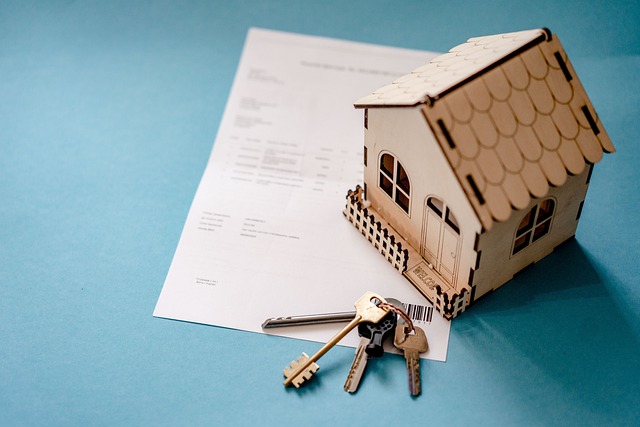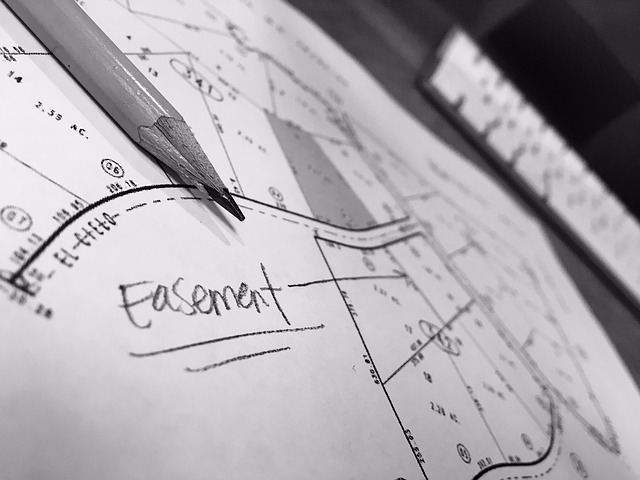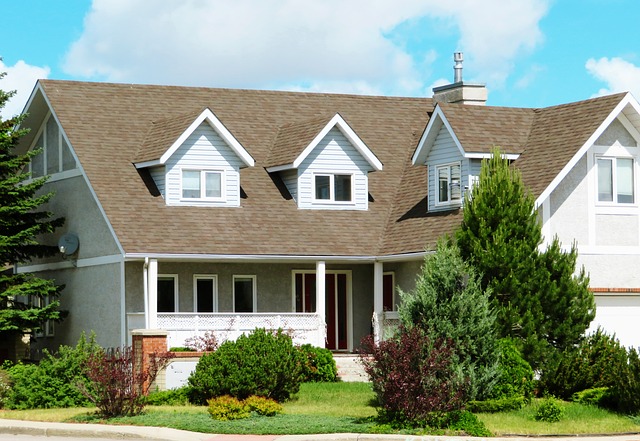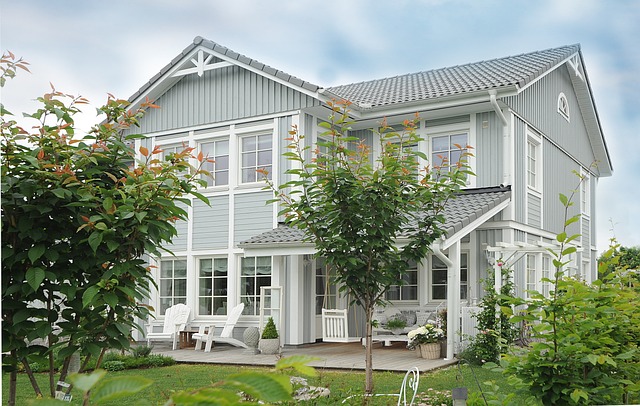When purchasing a second property in Singapore, buyers must contend with a comprehensive regulatory framework, including the Total Debt Servicing Ratio (TDSR) to manage borrowing limits and prevent over-indebtedness, and the Additional Buyer's Stamp Duty (ABSD), which taxes subsequent property purchases to curb speculation. Financial concessions are available for first-time homebuyers, such as grants and lower loan-to-value (LTV) ratios, which do not apply to second properties. Prospective investors must consider the LTV limits set by financial institutions in line with MAS guidelines, and the elevated tax rates on second homes. The market offers diverse options, from high-end condominiums to more affordable landed properties and executive condominiums (ECs), each with unique advantages and associated costs. Legal compliance is paramount, requiring approval from the Land Authority of Singapore (LAS) and precise documentation, which can be navigated with the assistance of a property lawyer. Understanding the distinct characteristics of different property types and their financial implications is crucial for informed decision-making in this dynamic and controlled real estate market. Keywords: Buying Second Property In Singapore.
Considering the strategic positioning of Singapore as a global financial hub and its stable property market, purchasing a second property here can be a lucrative venture. This guide navigates the nuances of acquiring a second property in Singapore, ensuring you are well-informed and prepared for each step of the process. From understanding the regulatory framework to evaluating property types and securing financing, this article outlines the critical aspects of buying a second home or investment property in this vibrant island nation. Whether you’re looking to expand your real estate portfolio or seeking a residence in a prime location, this comprehensive guide will illuminate the path to successful ownership.
- Understanding the Landscape for Second Property Purchases in Singapore
- Assessing Your Financial Readiness for a Second Property
- Legal Considerations and Documentation Required for Second Property Ownership
- Evaluating the Types of Second Properties Available in Singapore
Understanding the Landscape for Second Property Purchases in Singapore

When considering the acquisition of a second property in Singapore, it’s crucial to navigate the unique real estate landscape that characterizes this dynamic market. Prospective buyers should first familiarize themselves with the Total Debt Servicing Ratio (TDSR) framework, which regulates an individual’s ability to take on new loans based on their monthly income and existing obligations. This prudent measure ensures financial stability and helps prevent over-leveraging in a property-driven market.
The Singapore government imposes additional buyer’s stamp duty (ABSD) on second property purchases, which serves as a deterrent against excessive speculation and encourages sustainable property ownership. First-time buyers enjoy certain tax benefits and subsidies under the Additional Housing Grant (AHG), which are not available to those acquiring properties beyond their first. Investors must also consider the Loan-to-Value (LTV) limits, which vary based on the property type and number of outstanding housing loans a person holds. Understanding these mechanisms is essential for anyone looking to buy a second property in Singapore, as they significantly impact one’s eligibility and financial planning for the acquisition. With careful consideration of these guidelines and market conditions, purchasing a second property can be a strategic move within the well-regulated Singaporean real estate sector.
Assessing Your Financial Readiness for a Second Property

When contemplating the purchase of a second property in Singapore, it is imperative to thoroughly assess your financial situation. Prospective buyers must first review their current financial commitments and income stability to ascertain if they can sustain additional mortgage obligations without overextending themselves. The Additional Property Services (APS) loan-to-value (LTV) framework set by the Monetary Authority of Singapore (MAS) will play a significant role in determining the amount you can finance for your second property. It’s crucial to consider the total debt servicing ratio (TDSR), which caps the proportion of a borrower’s monthly income that can be used for repaying various types of loans, including mortgages. This ratio ensures that individuals do not over-leverage themselves against their income.
Moreover, potential buyers must account for the property taxes, maintenance fees, and other associated costs that come with owning real estate in Singapore. The taxes on second properties are notably higher than those on first homes, which is a critical financial consideration. It’s also wise to have an emergency fund in place to cover unforeseen expenses or potential dips in rental yields if the property is intended as an investment. By carefully evaluating your finances and understanding the financial implications of owning a second property, you can make an informed decision that aligns with your long-term financial goals and security.
Legal Considerations and Documentation Required for Second Property Ownership

When considering the purchase of a second property in Singapore, it is imperative to navigate the legal framework that governs real estate transactions. Prospective buyers must familiarize themselves with the ABSD (Additional Buyer’s Stamp Duty) and the Loan-to-Value (LTV) limits, as these regulations impact the cost of acquiring a second property. The ABSD is a duty payable on instruments of transfer for any residential property here, and the rates vary depending on the type of property being purchased and the number of properties owned. Additionally, Singaporeans buying a second property are subject to LTV limits set by financial institutions, which determine how much mortgage financing they can secure.
To proceed with the purchase, potential buyers must ensure that all necessary documentation is in order. This includes entering into a sale and purchase agreement, which is legally binding. Foreigners acquiring residential properties are required to obtain approval from the Land Authority of Singapore (LAS) and should be aware of the restrictions on foreign ownership. Moreover, all transactions involve the completion of the Application for Leave to Acquire Property form, alongside payment of the appropriate duties and submission of identification documents. It is crucial to engage a lawyer well-versed in property law to guide you through this process, as they will handle the legalities, including the verification of your eligibility to purchase, the computation of the ABSD, and the registration of your property at the Singapore Land Authority Registry. This meticulous attention to legal considerations and documentation is essential for a smooth transaction when buying a second property in Singapore.
Evaluating the Types of Second Properties Available in Singapore

When considering the purchase of a second property in Singapore, one must first evaluate the diverse types of properties available to discern which aligns best with their needs and investment strategy. Singapore’s real estate market offers a variety of options ranging from condominium units, terraced houses, and landed properties to executive condominiums (ECs) and private apartments. Each property type has its unique characteristics, benefits, and associated costs that can influence your decision. For instance, buying an EC provides the flexibility of being sold back to the government at the end of its minimum occupation period, which can be appealing for investors looking for a potentially liquid asset. On the other hand, condominiums often come with facilities and services that could offer lifestyle benefits and convenience.
Another important factor is the location of the property, as this can significantly impact the potential for capital appreciation and rental yields. Prime districts like 9, 10, and 11 typically offer properties in highly sought-after areas with excellent connectivity to the city and amenities. Meanwhile, properties in less central districts might offer more competitive pricing and could be a better fit for long-term investment or if you’re looking for a larger space without the premium price tag associated with prime locations. Always consider the total cost of ownership, including additional taxes and fees specific to second property purchases, such as the Additional Buyer’s Stamp Duty (ABSD) and Loan-to-Value (LTV) restrictions, to ensure your financial planning aligns with these obligations. By carefully evaluating the types of second properties available in Singapore and understanding the implications of each, you can make a more informed decision that suits your investment goals and lifestyle preferences.
Investing in a second property in Singapore is a multifaceted endeavor that requires careful consideration and a comprehensive understanding of the local real estate market. Prospective buyers must first familiarize themselves with the current landscape for second property purchases, which includes a variety of housing types catering to different needs and preferences. Financial readiness is paramount, as it involves assessing one’s income, savings, and creditworthiness to secure favorable financing options. Legal due diligence is also crucial, as it entails navigating the necessary documentation and compliance with Singapore’s property laws to ensure a smooth transaction. By thoroughly evaluating the available second properties, individuals can make informed decisions that align with their long-term investment goals. Ultimately, purchasing a second property in Singapore can be a rewarding venture with the right approach and preparation.
